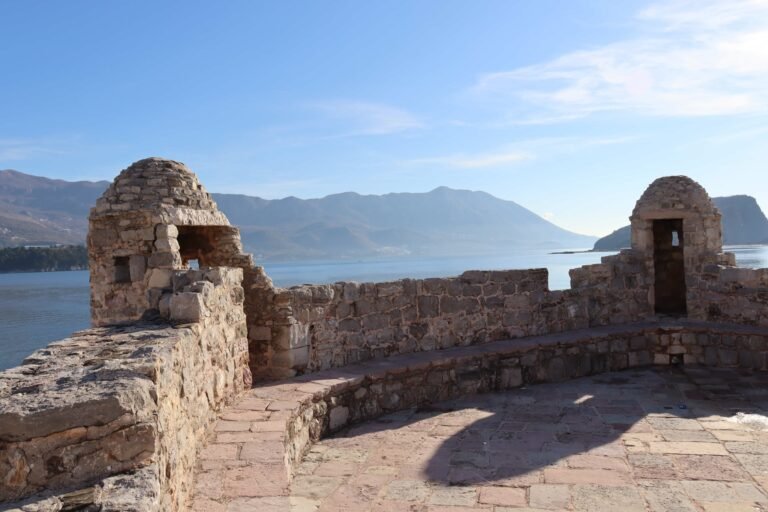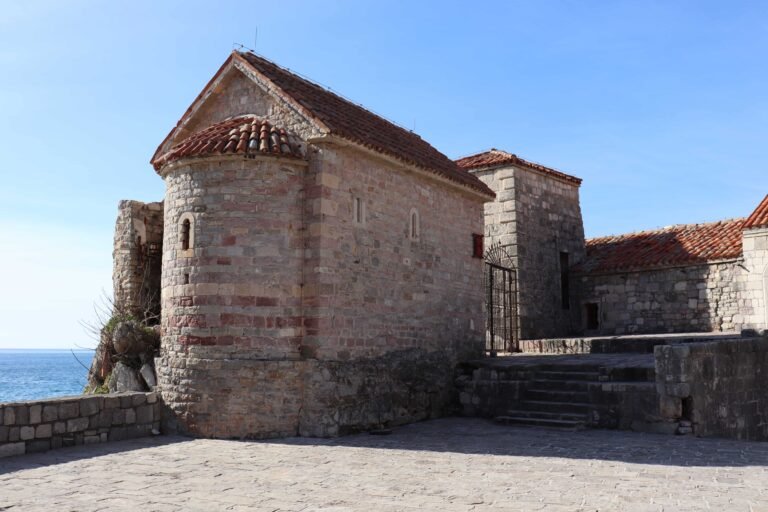The Ancient necropolis, which used to be located near the Old Town, vividly testifies to the ancient period of Budva, as well as the time when Greeks and Romans were inhabiting these territories. The necropolis was accidentally discovered during the excavations for the foundation of the ‘Avala’ hotel when during the works in the period from 1936 to 1938, a large part of the ancient cemetery was discovered. After systematic research which began in 1952, it was assumed that the oldest graves belong to the Hellenistic era and the beginning of the 4th century BC, while the youngest ones are dated to the end of the 5th and the beginning of the 6th century AD. The necropolis kept a large number of rectangular tombstones shaped following the rites and traditions of the people who built them.
Hellenistic tombs stand out for their stone sarcophagi for burying the deceased as well as votive offerings for religious purposes. Cremation was typical for Roman burial rites, and a large number of graves with stone urns are mostly dated to this period. Along with the urns of the deceased, various objects made of ceramics and glass were laid in the graves, as well as coins which help us roughly date the time of burials. Tombs with more complex architectural solutions bear witness to the Romanization of the population of Budva and its undoubted economic strengths during the 1st and 2nd centuries AD.
At the beginning of the 3rd century, the ritual of burning the deceased will gradually be replaced by inhumation. The tombs from the 6th century AD are distinguished by their modest decoration. This was due to the gradual impoverishment and degradation of the population during Byzantine rule.
Most of the items that were excavated during the research were damaged, destroyed or relocated. Only a small part of the rich burial material has been preserved according to the archaeological standards and can be found in museums in Budva, Cetinje, Zagreb, Split and Belgrade, but also in private collections. What is seen today in front of the entrance to the Old Towns is a Roman cippus, a tombstone, dislocated and presented as a reminder of the necropolis and the ancient past of Budva.





